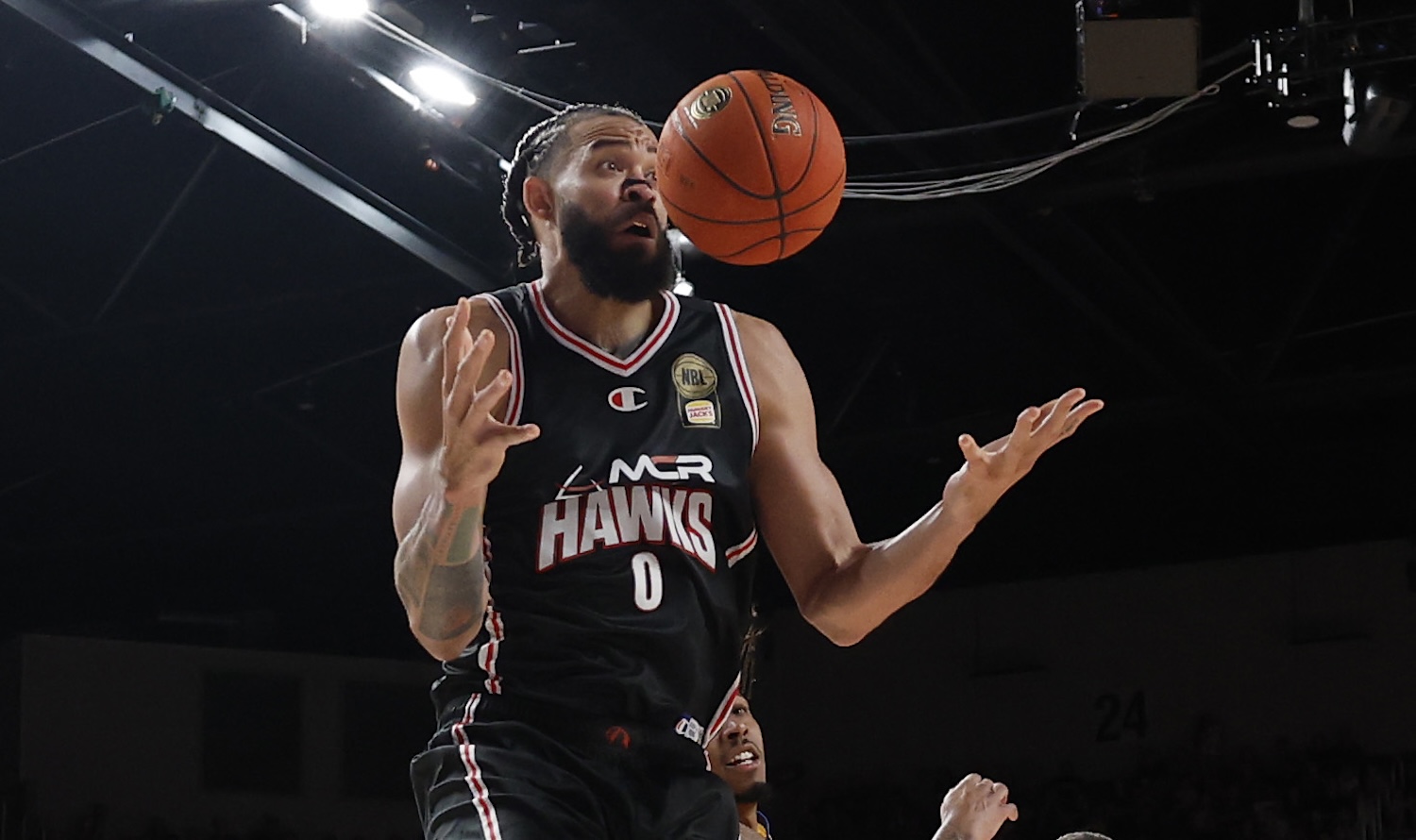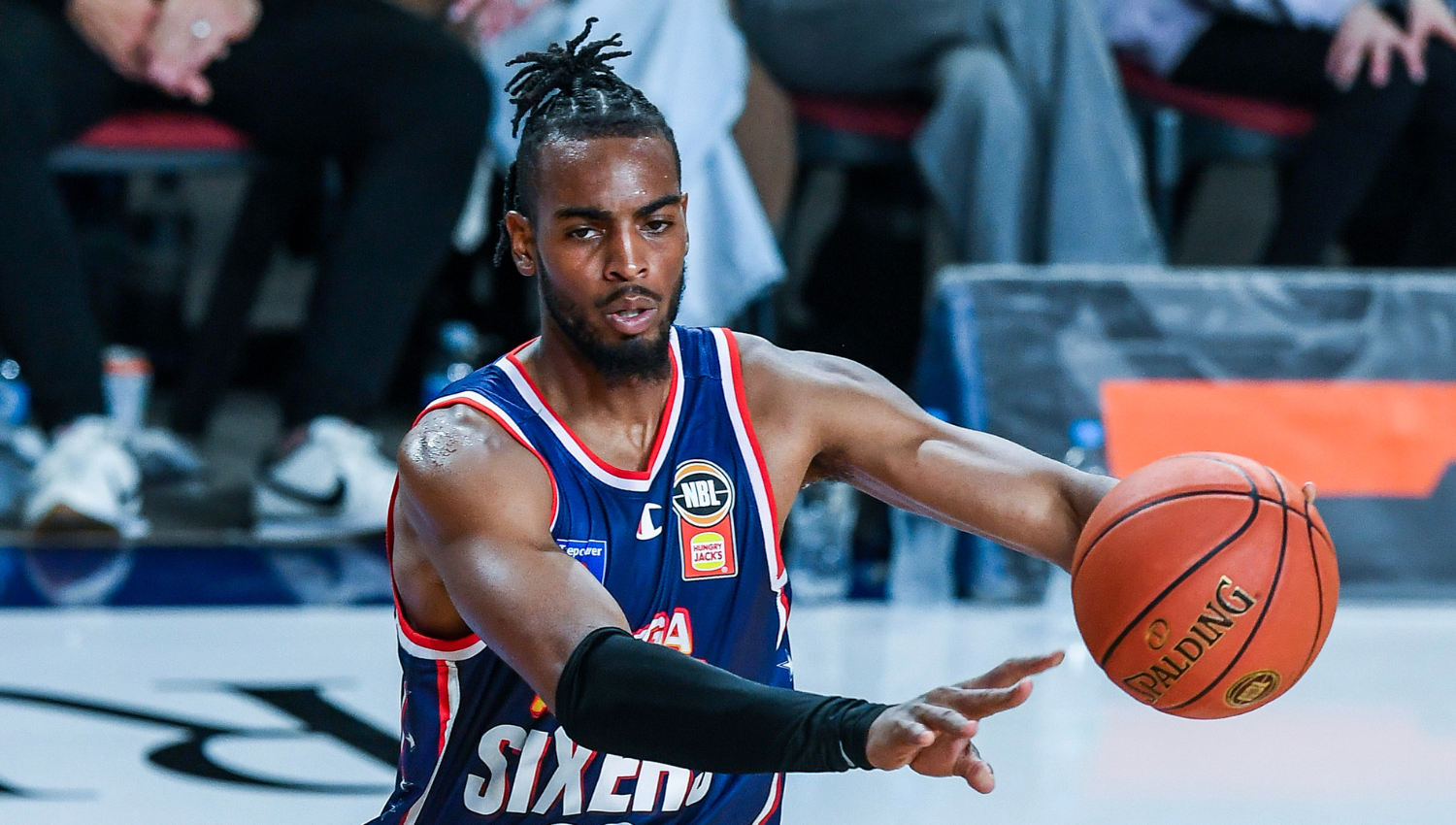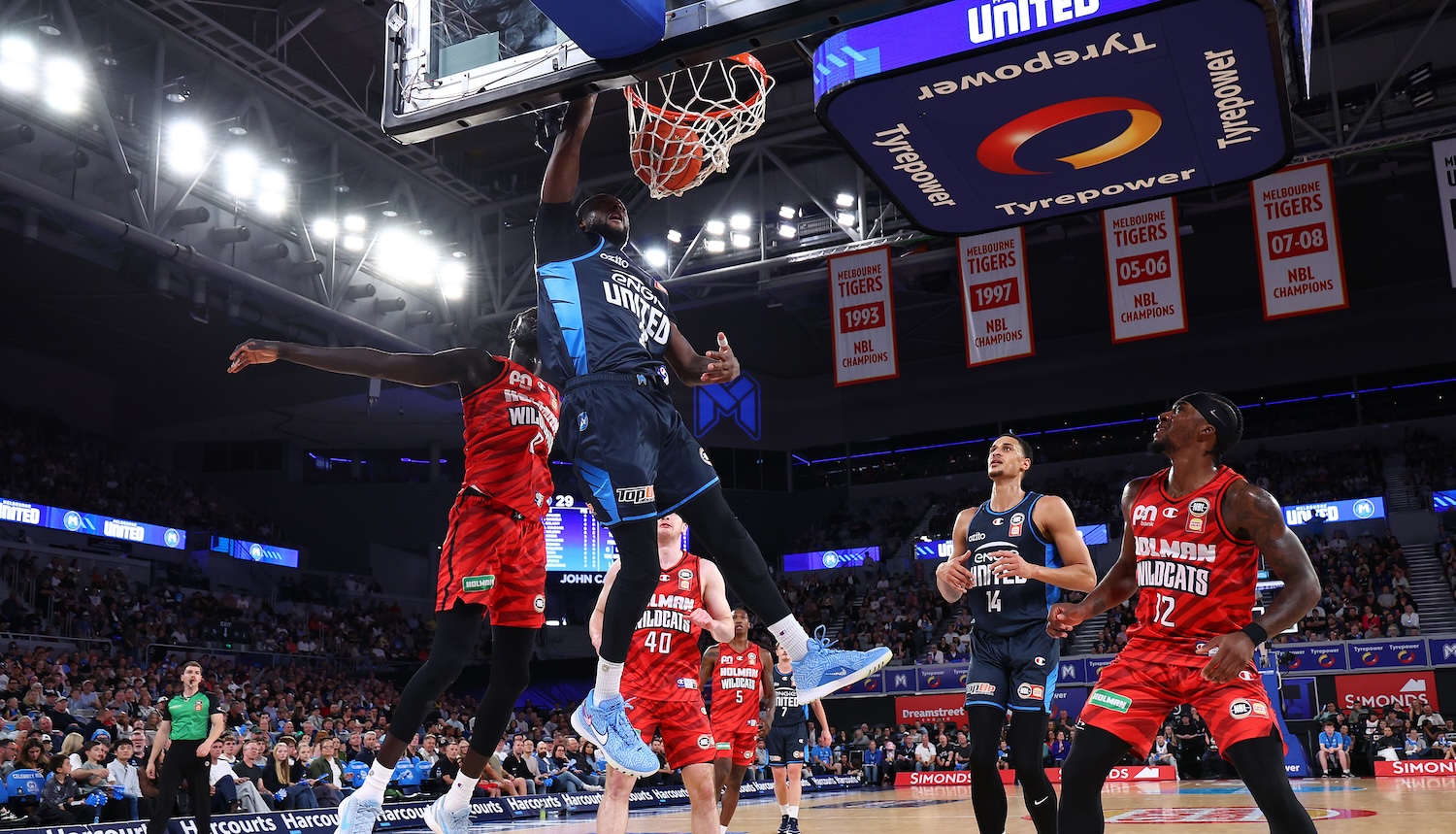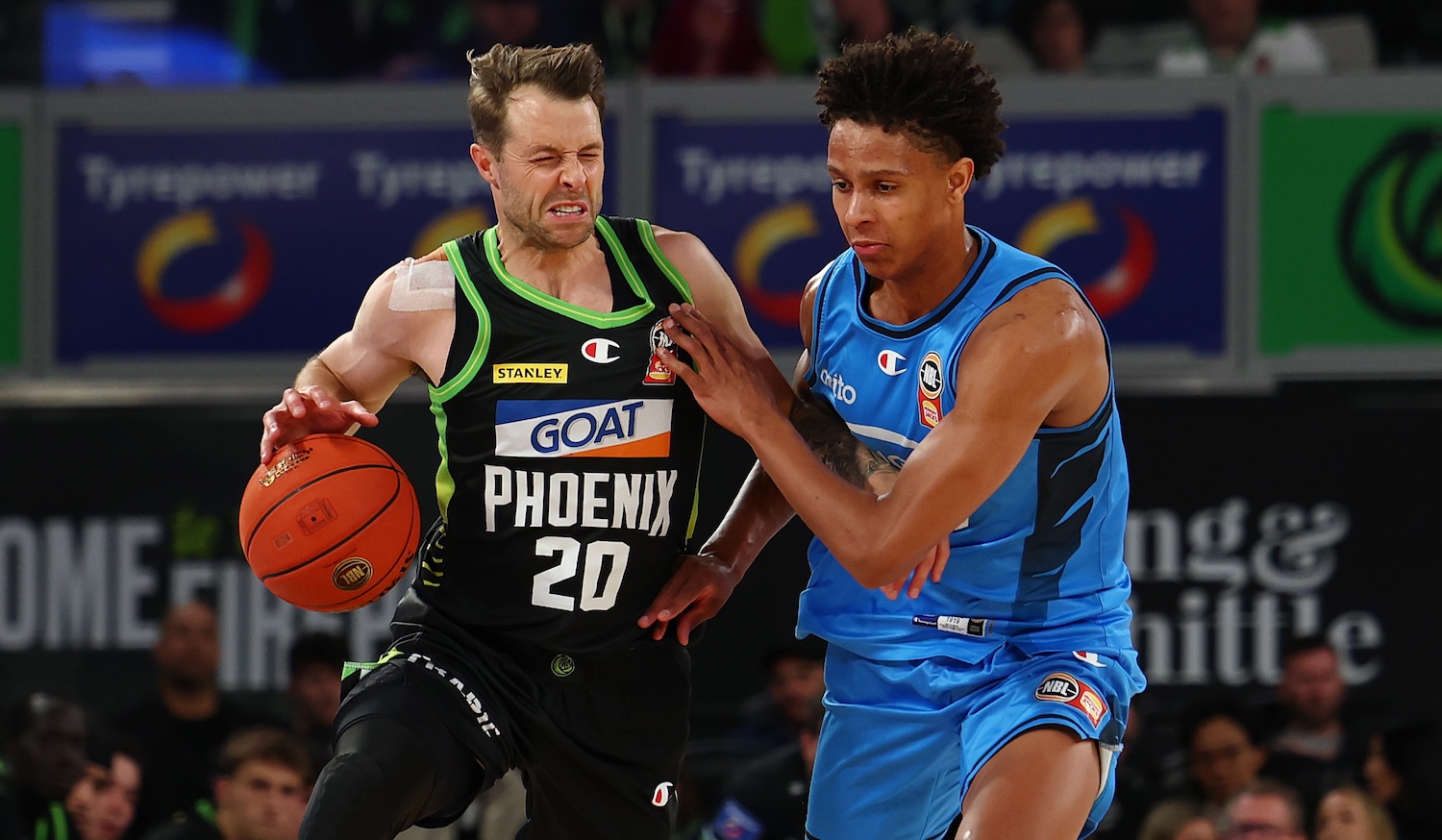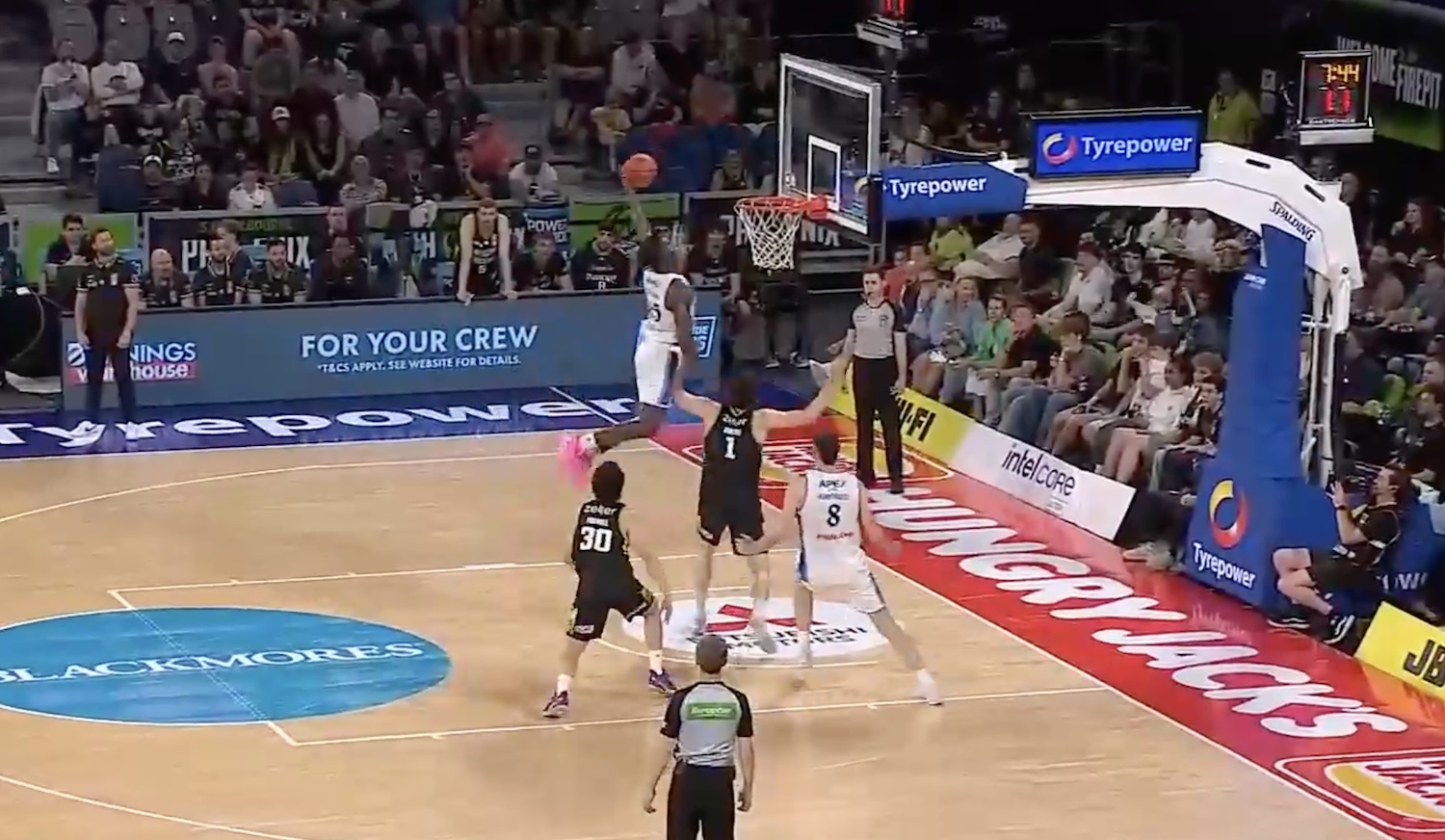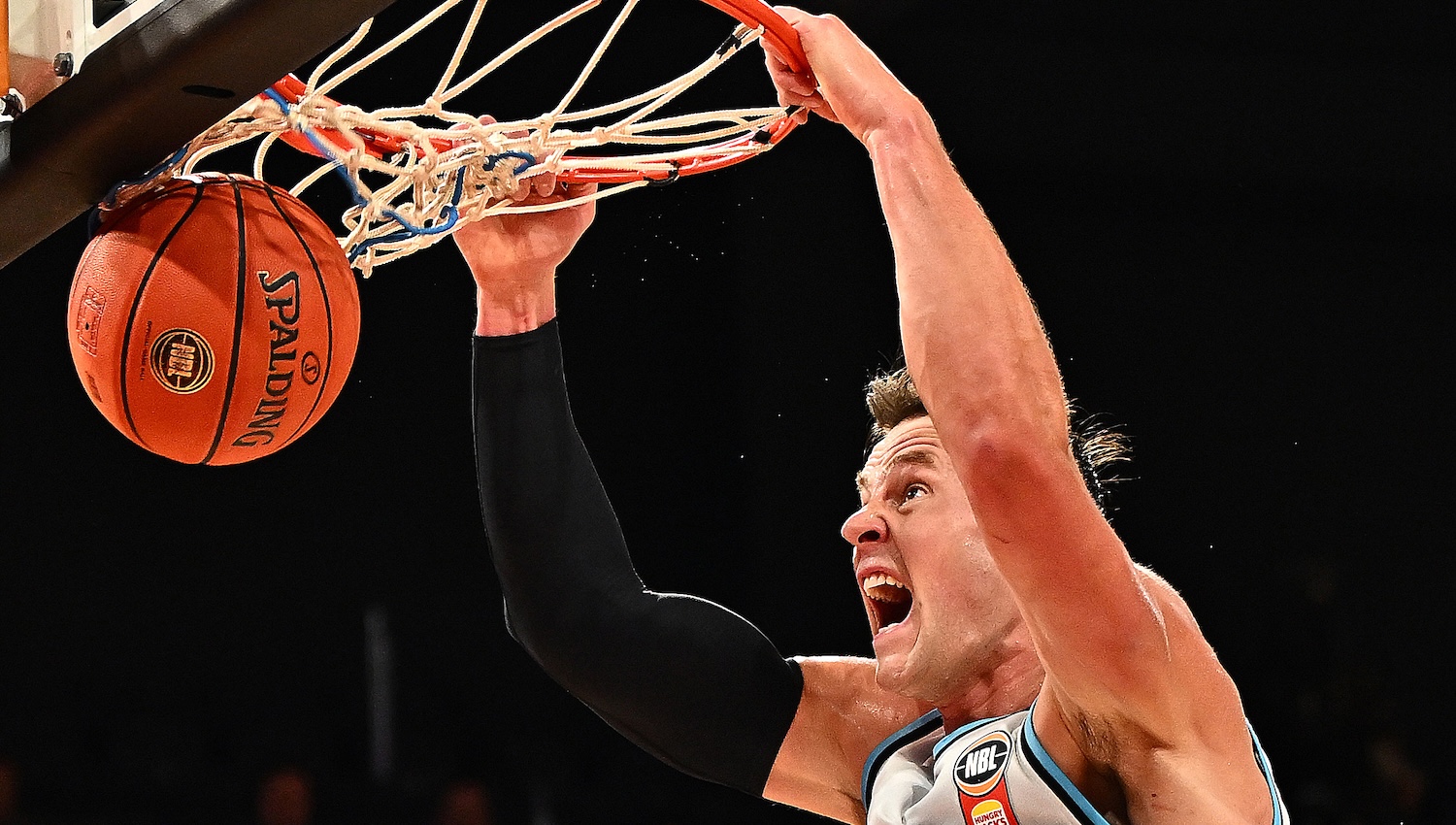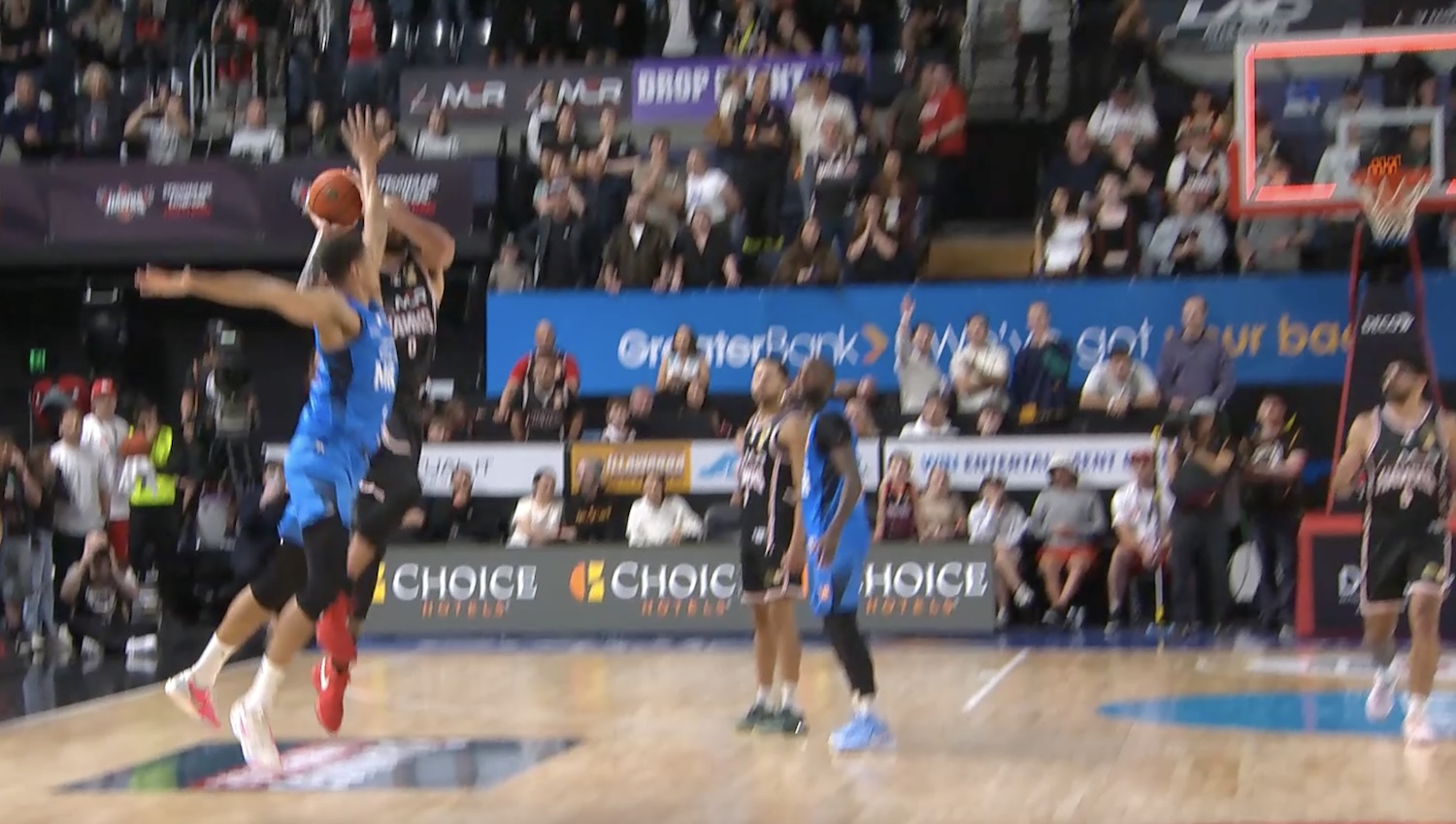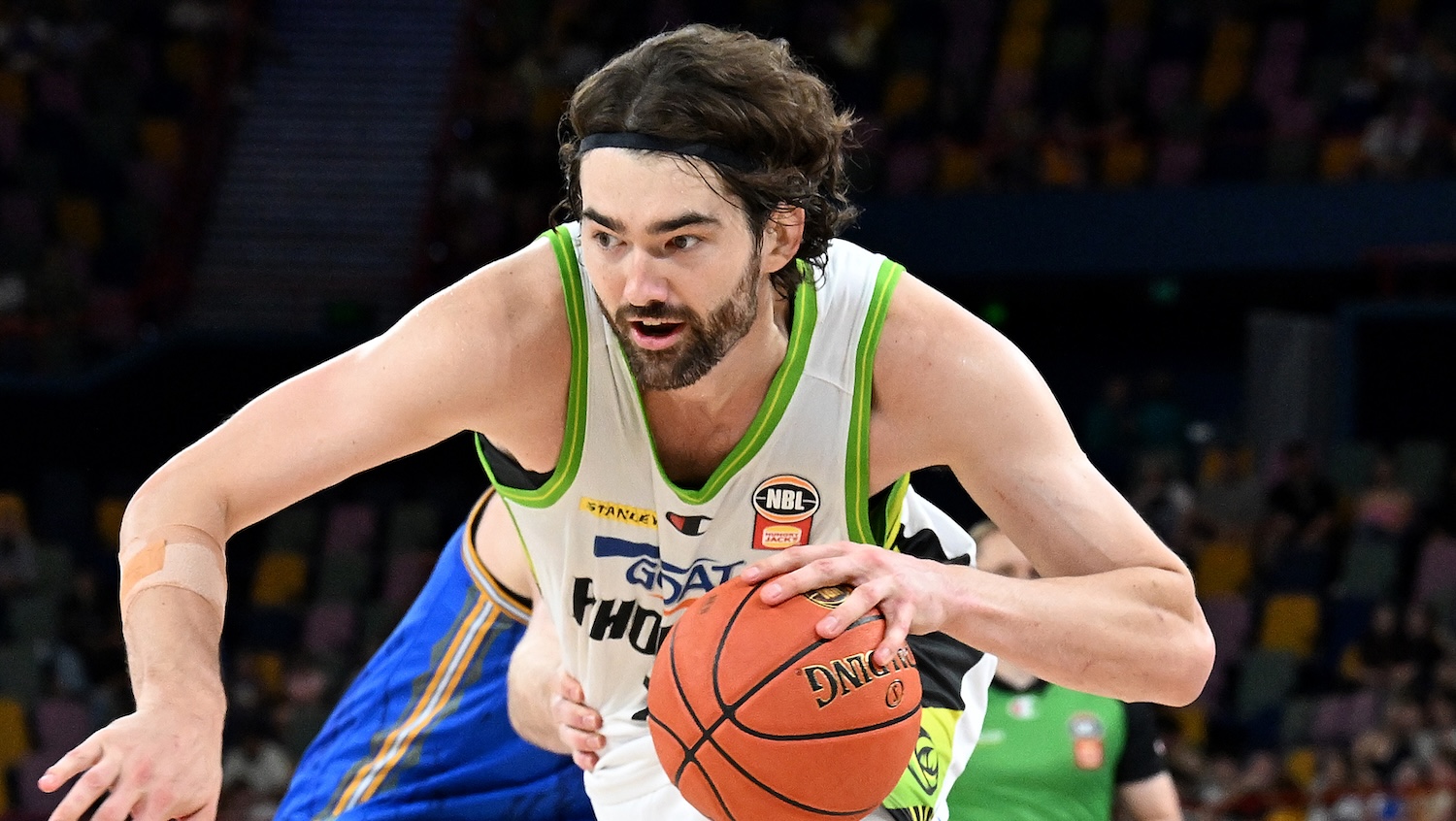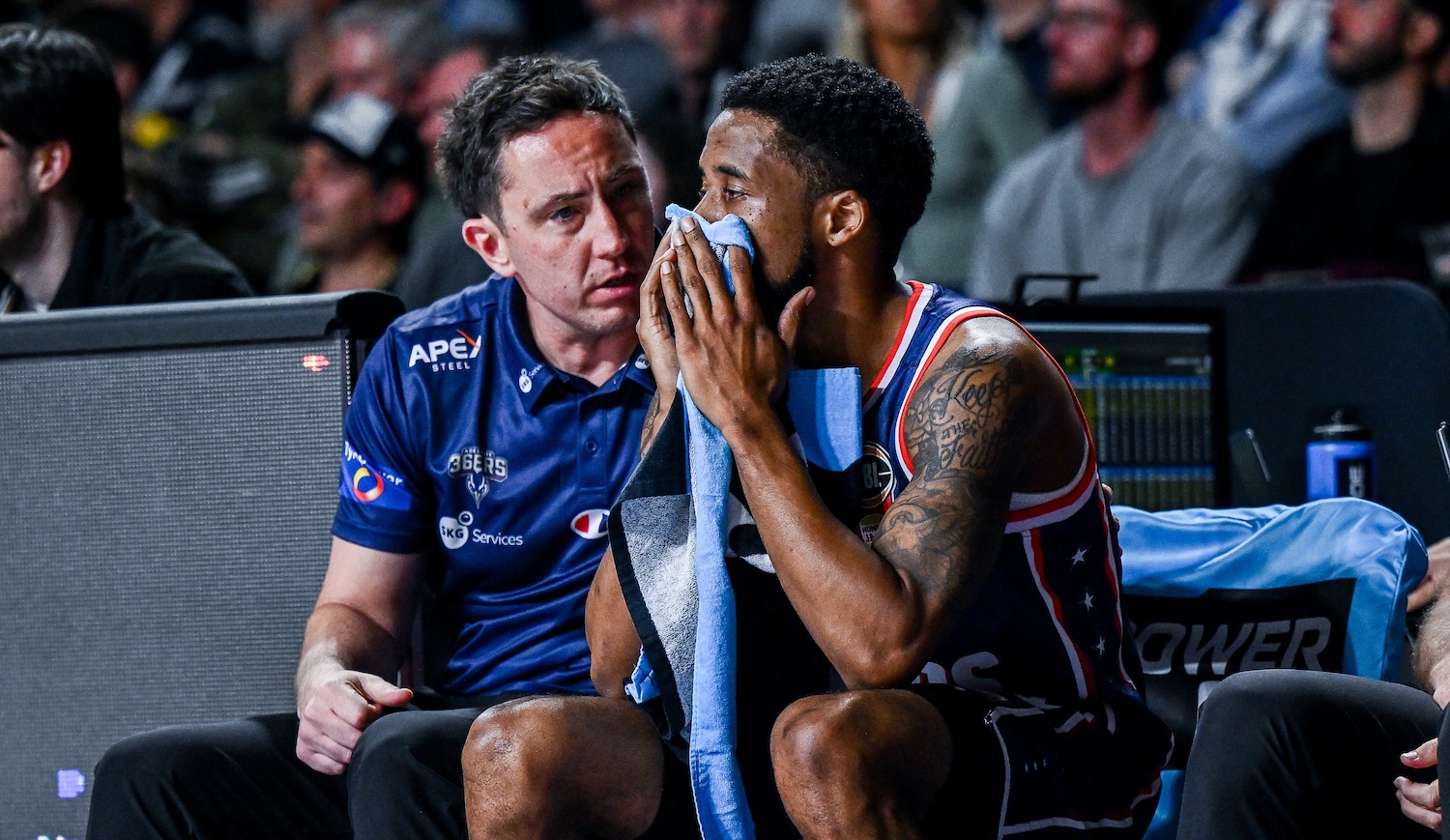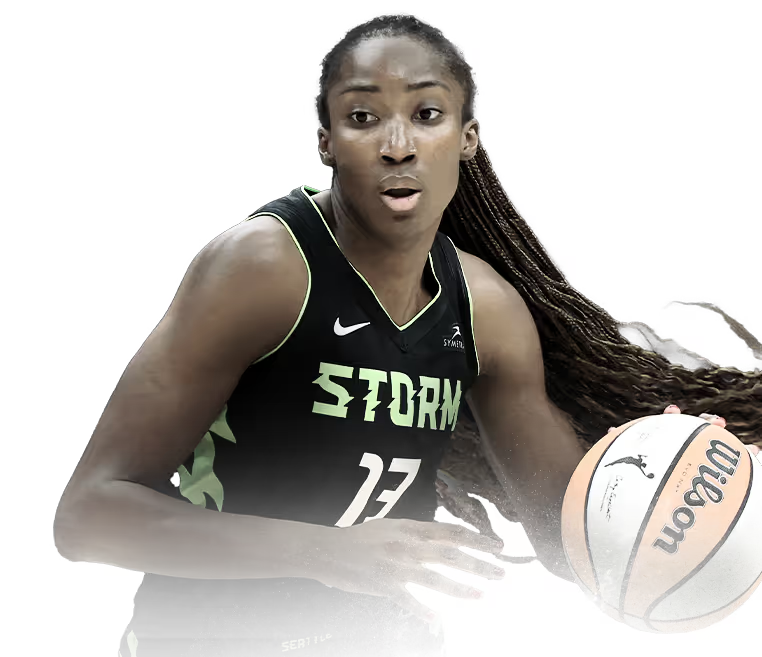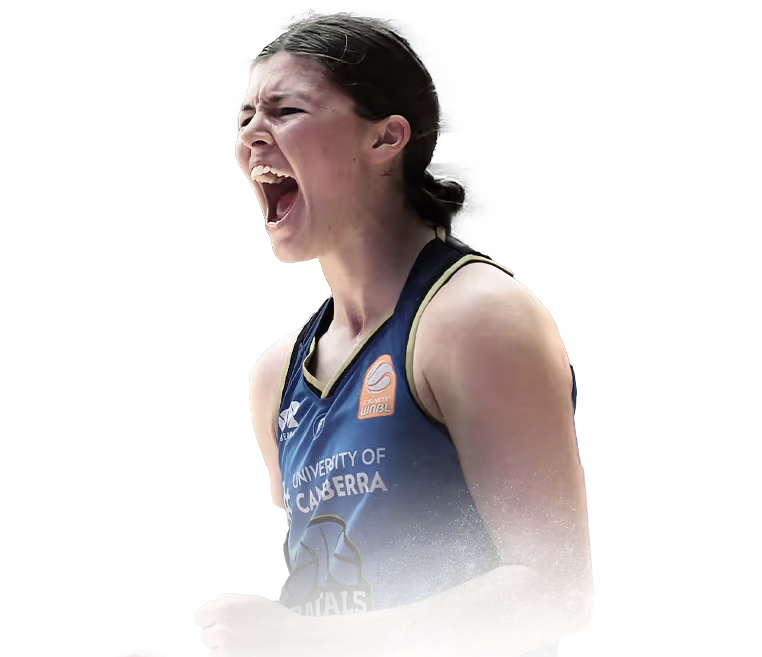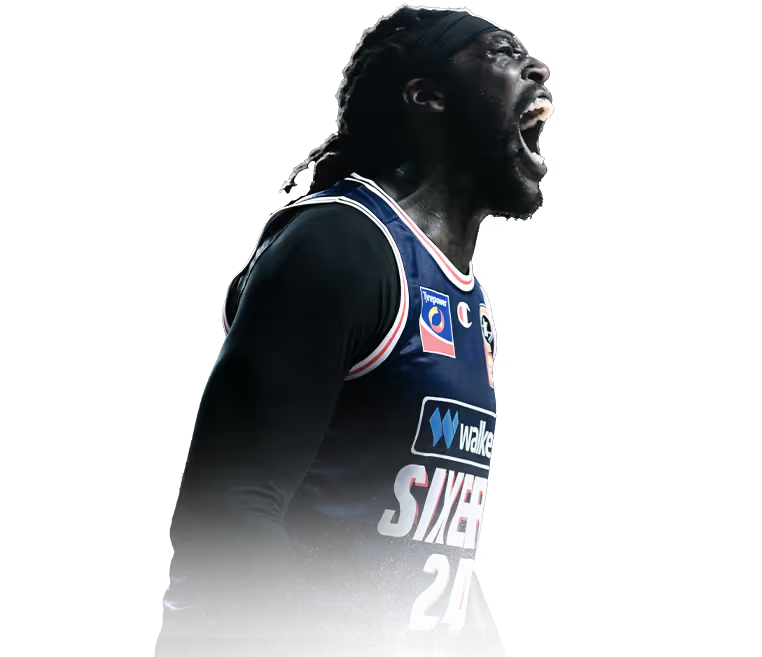

15
Oct
Analysis
How Sydney's masterclass suffocated Cotton
An inside look at why Cotton struggled against Brian Goorjian's Sydney Kings
- The Sydney Kings kept Bryce Cotton to just seven points in their win over the Adelaide 36ers
- Cotton had just three free-throw attempts against Sydney after 22 in his previous three games
- Adelaide scored just 79 points after proving to be an offensive juggernaut in their first three games
The Sydney Kings proved Bryce Cotton is human.
Cotton, the prized recruit for the Adelaide 36ers, was a clear standout over the first three matches of NBL26, scoring 96 points and leading the league in three-pointers made and also dished out 22 assists.
But in a defensive masterclass which ended Adelaide’s unbeaten streak, Sydney suffocated the 36ers as they limped to just 79 points. More importantly, the Kings held Cotton to seven points on 3-from-10 shooting with no makes from beyond the arc - a far cry from his blistering start in blue and red.
Kings head coach Brian Goorjian pleaded for a response from his players in his pre-game talks after a disappointing 107-93 loss to Melbourne United at home just days earlier. He spoke about the 182cm Cotton, saying Sydney required communication and execution to go after "the head of the dog", with the star guard looking as explosive and skilled as he’s ever been.
With an organised team effort, centred around the on-ball defending of Matthew Dellavedova and the lengthy wing partnership of the 6'6" Jaylin Galloway and 6'7" Bul Kuol, Goorjian got the response he was looking for as Cotton’s shot volume and efficiency was reduced.
How was Cotton stifled so effectively? Let’s break it down.
One look at Cotton’s 39-point team debut against the Brisbane Bullets will highlight what opposition defences can’t afford to do against Cotton.
The five-time MVP was highly effective in the half court, with the on-ball defender of Cotton receiving little help from his teammates.
Cotton was productive in isolation, and Brisbane’s big men committed the sin of allowing Cotton to play with freedom, playing passive defensively with drop coverage or a less aggressive blitz on the pick and roll action, which the three-time NBL champion capitalised exposed.
These moments were incredibly fleeting against the Kings. The performance showcased Sydney’s versatility of options when it comes to guarding star power like Cotton. Sydney demonstrated their intent to pick Cotton up aggressively and relentlessly took away as many opportunities for him to exercise his freedom.
When a strong all-round wing in Flynn Cameron rested, Sydney could afford to shift the length of Galloway or Kuol onto Cotton, which amplified his struggles and it had a domino effect on Adelaide’s system.
With Cameron on the floor as a facilitator, Cotton still couldn’t shake off the opposition, as Sydney could switch with ease given the abundance of tools at their possession to stifle him. Sydney had all their bases covered for any lineup Adelaide threw onto the court, especially when their three-headed defensive monster of Dellavedova, Galloway and Kuol took to the floor.
Kuol set the tone. Most memorably known for face-guarding Cotton and his strong screen navigation, he simultaneously cut Adelaide’s offensive supply and kept Sydney defensively sturdy.
Jaylin Galloway’s intensity on this possession embodies Sydney’s demeanour. Dellavedova, guarded by Cotton on Sydney’s offensive set, has moved swiftly into the backcourt following Galloway’s miss. Knowing Dellavedova’s location, Cotton is picked up immediately by Galloway in the backcourt to deny him freedom and then after slipping over, he recovers to interrupt Cotton’s dribble.
Galloway made Cotton earn his points at the charity stripe, even if he did come up second best as the 36er cut backdoor.
A consistent action of Adelaide’s system involved Cotton looking for a high screen to be set while he had the basketball in hand. Often the big, usually Tim Soares, would get right into the face of Cotton as a part of a blitz action, and then recover quickly in locating his initial man.
With Sydney’s great screen navigation, Cotton was forced to either pick up his dribble or pass.
Soares was quite relentless, especially early on in the contest as he set the tone for this treatment. When he gave up possession, Cotton struggled to shrug the off-ball attention he was receiving as mentioned.
You’ll see it right here, where Kuol does well to extend the arm and delay Cotton’s involvement. Cooks holds position in the paint, forcing a pass to the corner, and even though Cotton is eventually found, he’s been led into a corner.
Noi is covering the roll action and Kuol’s length prevents the skip pass. The athletic King also prevents the bounce pass as Cooks, not fretting about Nick Rakocevic’s scoring threat, covers the cut. In the end, Rakocevic had to settle for a deep two with three seconds on the shot clock and Cotton’s impact was mitigated.
This played into Sydney’s hands with mainly the perimeter shooters not named Cotton needing to make their shots, as the Kings packed the paint with the likes of Cooks and Noi.
As DJ Vasiljevic failed to register a field goal in the second half, Matt Kenyon (no three-point makes before this game), Michael Harris and Isaac White needed to fire with increased responsibility. As they combined for only three threes between them, that may indicate a gamble that oppositions take with their defensive attitude towards Adelaide in the future – considering that heading in, the South Australian outfit were averaging the fewest field goal attempts per game.
The roller, often open from the Kings blitzing Cotton, wasn’t aggressive on the roll. Zylan Cheatham contributed to this issue as a low volume scorer and non-spacer, barely challenging Sydney’s interior defence.
Here, Isaac Humphries starts with it out on the perimeter and as Cotton receives it, the advantages felt from the distance gained on Dellavedova’s are quickly negated, as Soares comes up to pressure with a blitz. Knowing Cheatham is a non-perimeter threat, Cooks feels more inclined to monitor the interior, covering the roll of Humphries.
While Cheatham is open as a result of the blitz, Sydney are content with him carrying the offensive load and his pass is slightly wayward, placing Humphries with his back to the hoop and allowing Sydney to recover and pressure the big man, removing the big man's ability to access perimeter shooters – ultimately causing the play to fall flat.
For the strategy Sydney played with and Adelaide’s passiveness, the Kings were able to anticipate Adelaide’s three-point shooting. Here, for a late quarter situation, Cotton unsurprisingly gets triple-teamed, leaving Cheatham open.
But in making the extra pass due to being a non-factor offensively, Cheatham placed the burden onto Cameron to make a contested three.
You can see here, a couple down screens are set for Cotton to receive it at the top of the key. The high screen is set and this time Noi blitzes Cotton. Sydney remain relatively attached to their defenders, prioritising the paint and they live for a low percentage three ball – either through Kenyon or Harris – which they do well to anticipate and contest.
Sydney often demonstrated this alertness with their rotations and closeouts, preventing Adelaide’s offensive flow even with much of their attention placed on Cotton. Take note of Kendric Davis’ movements here to keep Adelaide playing narrow, forcing the turnover.
The Kings’ defensive efforts were more intelligent than perceived.
A strong component of Cotton’s prosperity in NBL26 has surfaced from fast break opportunities. Here, after the 36ers get a long rebound and Cotton pushes the pace, he identifies an opening in the corner, with Dellavedova staying home. Makuach Maluach fouls before Cotton finds the seperation he needs.
This is where he could craftily step back or blow by and drive baseline to hand the 36ers an easy two for Rakocevic, whose man is trailing the play. Because of the heads up play, Cotton is yet again starved an opportunity to contribute, even when he was free for a fleeting moment.
Speaking of fouls, a lack thereof is what elevated Sydney’s physical defensive performance. Despite Cotton accumulating 22 free throws in the first three games, he only had three against Sydney, impeding Adelaide’s ability to keep the scoreboard ticking over with their offensive limitations.
As Sydney played an inspiring brand of basketball, it contributed to a staggering final quarter, where the home side made no field goals for the first six minutes, and Cotton was kept scoreless until there were 90 seconds to play, killing any hope left from three-quarter time.
The Kings would’ve been elated with their capacity to stop the NBL's most elite scorer and it bodes well for the rest of the league, potentially setting a benchmark and forming a foundation for how to stop Cotton and the 36ers in NBL26.
Exclusive Newsletter
Aussies in your Inbox: Don't miss a point, assist rebound or steal by Aussies competing overseas. Sign-up now!


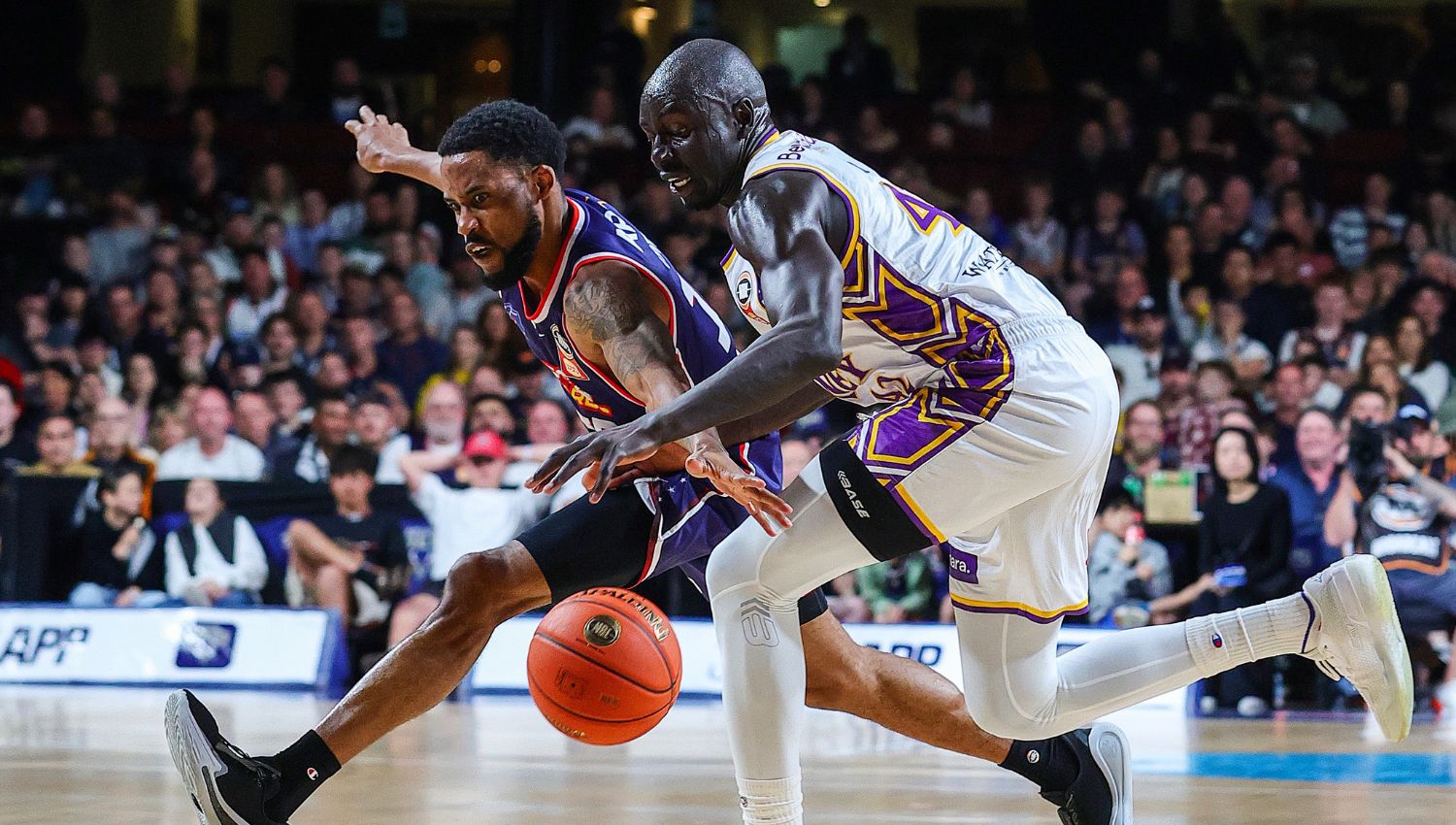


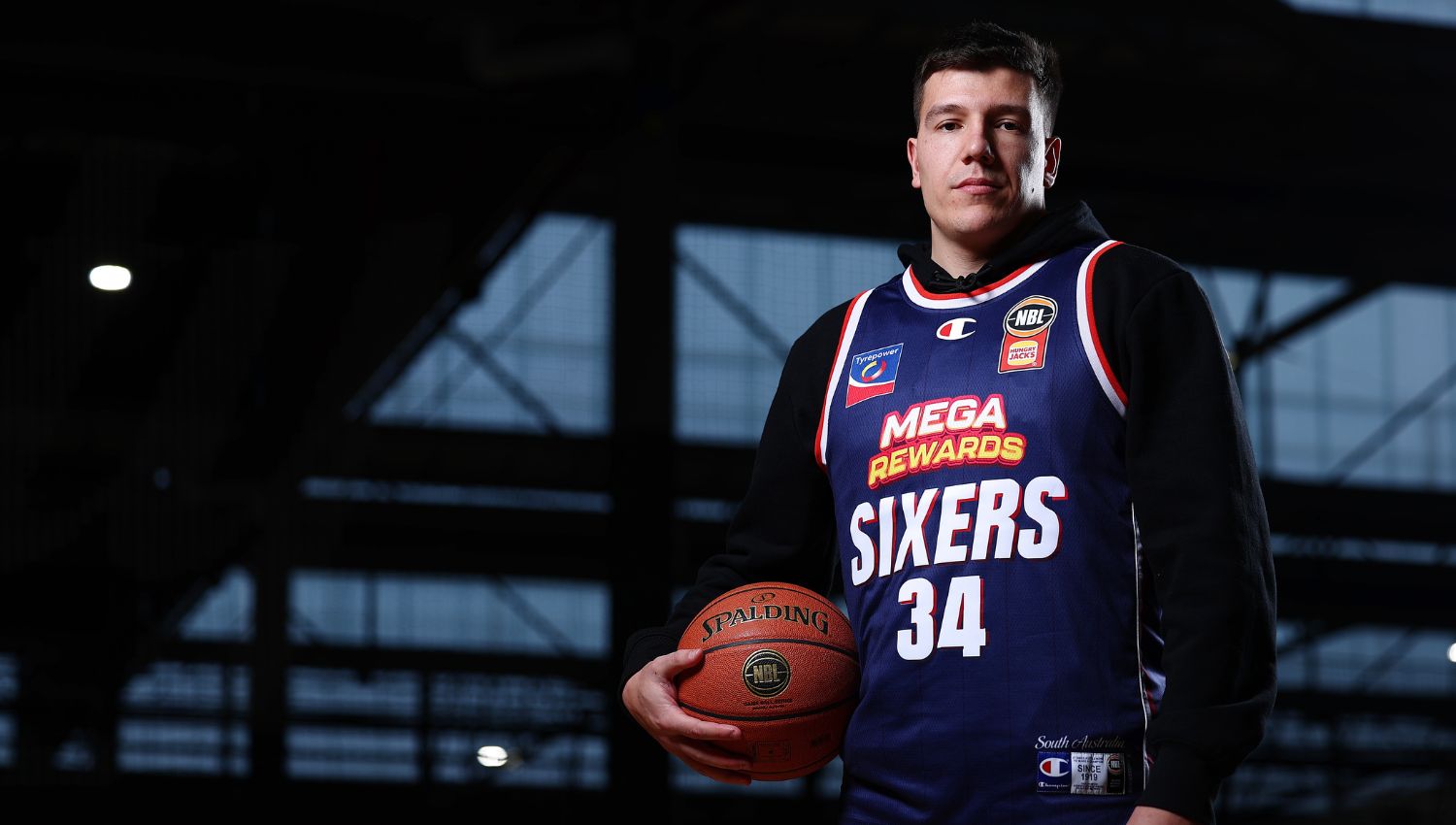




.jpg)
